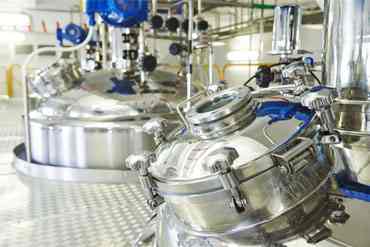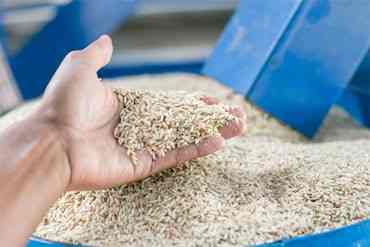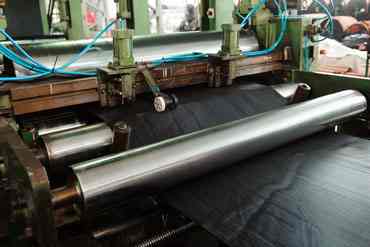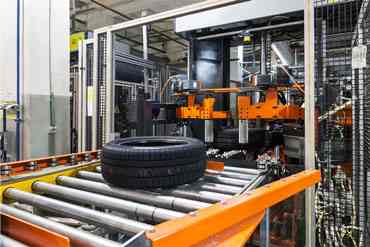The Best Compact Trap valve station (ITVS)
UKL Integrated Steam Trap valve Station is best in class. It is a type of steam trap designed to efficiently remove condensate and non-condensable gases from steam systems. Steam traps are crucial components in steam distribution systems as they help prevent the loss of steam, optimize energy efficiency, and ensure proper functioning of the system. Here's some information about compact module steam traps:
Function: A steam trap's primary function is to discharge condensate (water formed when steam cools down) while preventing the escape of steam from the system. Additionally, steam traps also help remove any non-condensable gases (such as air) that might accumulate in the system, as these gases can hinder heat transfer and reduce system efficiency.
Compact Module Design: A compact module steam trap typically refers to a steam trap that is designed in a compact and integrated form. This means that various components required for efficient steam trapping, such as valves, sensors, and drain mechanisms, are integrated into a single unit. The compact design can save space, simplify installation, and potentially reduce maintenance requirements.
Advantages: Compact module steam traps offer several advantages, including:
- Space Efficiency: Their compact design is particularly beneficial in installations with limited space.
- Ease of Installation: The integrated design simplifies installation and reduces the need for complex piping arrangements.
- Reduced Maintenance: Integrated steam traps often have fewer external moving parts, potentially leading to lower maintenance needs.
- Energy Efficiency: Properly functioning steam traps contribute to energy savings by ensuring that condensate is removed promptly, and steam is not wasted.
- Reliability: Integrated steam traps can offer improved reliability due to fewer external connections that might be prone to leaks or failures.
It's worth noting that while "Integrated Trap Valve Station" is a descriptive term that generally outlines the design and function of these devices, specific product offerings, technologies, and manufacturers may have their own unique features and benefits.
For the most accurate and up-to-date information about compact module steam traps and their applications, it's recommended to consult steam system engineering references, manufacturer documentation, and experts in the field of steam systems and energy management.
Considering the safety in any process industry site fabrication work is not allowed. UKL Integrated valve station allows robust design with ZERO fabrication work at site. UKL ITVS comes up with universal flanges and fitting which is suitable for all types of traps fittings.
Steam traps and steam systems represent a large portion of a manufacturing plant’s total operating cost, but methods to reduce spending in this area are not clearly defined. Problems may arise when engineers lack knowledge regarding such questions as: How do steam traps affect the steam system and process and product quality? What are the best types of traps to use? What differentiates the best manufacturers? What testing methods are used for determining trap failures?
The many considerations involved in selecting, installing, and maintaining steam traps can make it difficult to recognize what is important and what is not.
Maintenance considerations
Performing an annual physical plant examination is essential to understanding the plant’s health. This exam should include a survey of all the steam traps to determine the failure state of the population (also sometimes called failure rate, although rate should imply a time period).
Until all failed steam traps are repaired or replaced, it is reasonable to expect 25% of a plant’s steam trap population to be in a failure state at a site that has traps with a life expectancy of 4 yr.
It is important to understand the difference between annualized failure rate, the number of steam trap failures in one year as a percentage of the total population and failure state which describes the current population’s health. The annualized failure rate provides useful reliability information, and an indication of the life expectancy of various steam traps. Failure state correlates directly to a site’s dedication to maintaining its steam trap population and provides quantified estimates that can be useful for identifying cost-reduction opportunities.
Accurately identifying failures
There are several ways to identify steam trap failures, but a combination of temperature measurement (to determine drainage failures) and ultrasonic technologies (to determine leakage failures) has proven to be very effective. High quality temperature measurement at the trap inlet will reveal whether the trap is backing up condensate which usually indicates some form of drainage failure. Identifying leakage failures is more difficult.
The movement of fluid in a closed system develops ultrasonic noise. An ultrasonic testing instrument recognizes the noise created by flowing condensate or steam, or both, and can be used to determine a trap’s operating condition based on the difference between the ultrasonic profiles of leaking steam and discharging condensate.

 Aerated Concrete Block Industry
Aerated Concrete Block Industry  Brewery Industry
Brewery Industry  Captive Cogen Industry
Captive Cogen Industry  Chemical Industry
Chemical Industry  Dairy Industry
Dairy Industry  Edible Oil Industry
Edible Oil Industry  Fertilizer Industry
Fertilizer Industry  Hotel Industry
Hotel Industry  Pharma Industry
Pharma Industry  Rice Industry
Rice Industry  Rubber Industry
Rubber Industry  Soap Industry
Soap Industry  Sugar Industry
Sugar Industry  Textile Industry
Textile Industry  Tyre Industry
Tyre Industry